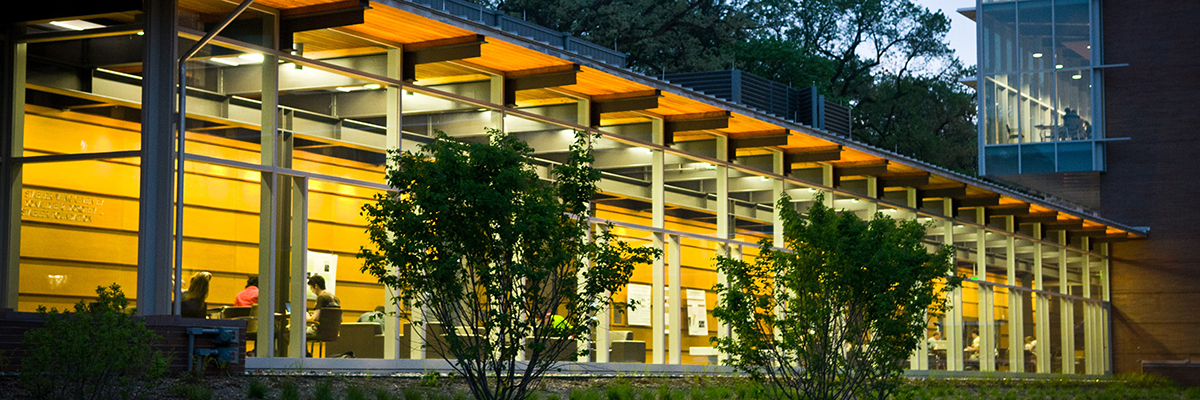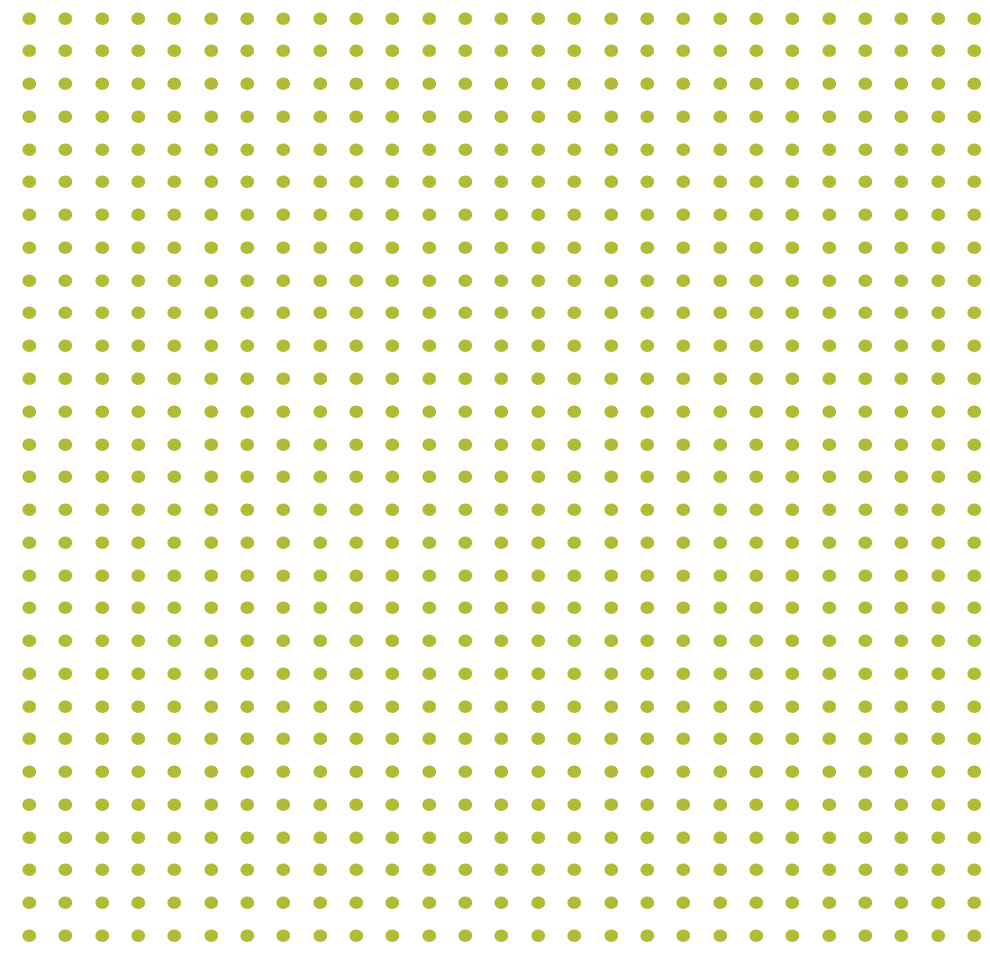EES was long housed in Williams Hall, a venerable building that has hosted much Lehigh history. In July of 2010, we moved into the new STEPS building along with other components of Lehigh's Environmental Initiative (STEPS - Science, Technology, Environment, Policy, and Society). This state-of-the-art LEED-certified green building was designed by the architectural firm of Bohlin, Cywinski and Jackson and plays a central role in Lehigh's intellectual and campus life. Our building and department are well equipped for a broad range of field and laboratory investigations, and some of our facilities include:
- Petrographic microscopy facilities, rock-crusher, ball mill, rock saws, and cathodoluminescence and camera lucida digitizing capabilities;
- Laboratory for Ar-Ar, U-Th/He, and fission-track geochronology including dual UV and CO2 lasers, VG 3600 noble-gas mass spectrometer, Balzers quadrupole mass spectrometer, dedicated He and Ar extraction lines with low-blank furnaces, all under full LabVIEW automation;
- A stable isotope geochemistry laboratory equipped with a Finnigan MAT model 252 mass spectrometer (with dual-inlet and carrier gas capabilities), on-line peripherals, and off-line vacuum extraction lines, for O, H, C, and N isotope analyses of silicate minerals and rocks, carbonates, fluid inclusions, and organic matter;
- Equipment for sampling groundwater wells as well as automated samplers for surficial water systems;
- A microbial ecology laboratory (fluorescence and phase contrast microscopy, bioreactors, UV phototron, walk-in controlled environment chambers);
- Field instruments to characterize solar radiation (UV bands, PAR, broadband, and high resolution spectral irradiance with automated shadowband options for diffuse and direct spectral irradiance), water quality & optical properties (Biospherical PUV profilers, YSI datasondes, SCUFA CDOM fluorometers), weather parameters, and hydrology (precise water level, precipitation, wind, humidity, atmospheric pressure, water temperature thermistor chains) plus automated ISCO rain-triggered samplers for applications in aquatic and terrestrial ecosystem studies;
- Aquatic ecology laboratory instruments to characterize water quality and optical properties (pH, specific conductance, dissolved oxygen, UV-VIS spectrophotometers, scanning fluorometer, Turner CDOM/Chlorophyll fluorometer, N & P nutrient analyzer, automated Shimadzu TOC/TN analyzer, CHN analyzer, scintillation counter, photobleaching laboratory, low-carbon water purification system);
- An aqueous geochemistry laboratory with a ThermoElectron X-Series inductively-coupled plasma mass spectrometer with collision cell, and hydride generation apparatus that can be coupled to an HPLC system for species analysis, a Dionex ion chromatograph for simultaneous analysis of anions and cations, a Mercury analyzer for analysis of gaseous and liquid samples, and a Class 100 clean room for ultra trace sample preparation; additional instruments including a Waters computer-assisted ion chromatograph, an ARL 34000 inductively-coupled plasma atomic emission spectrometer, a Netzsch DTA/TGA instrument, and a high-pressure core-holder/column reactor for flow-through experiments;
- A sedimentation and soils analysis laboratory including equipment for particle size analysis;
- A paleomagnetism laboratory with a magnetically shielded room, a 2G superconducting magnetometer and built-in af demagnetizer, Molspin spinner magnetometer, a Schonstedt AF demagnetizer modified to apply pARMs, and an ASC thermal demagnetizer, and a KLY-3S Kappabridge magnetic susceptibility system, and an ASC impulse magnetizer;
- A reflection seismology laboratory has equipment including broadband seismometer linked to global networks; computer workstations for seismic processing, Bison DIFP multi-channel seismograph, various seismic energy sources, and ground-penetrating radar;
- Field geophysical equipment includes a Worden Master gravimeter, and a Geometrics portable proton precession magnetometer;
- Geomorphology lab including a Topcon total station, flow gages, LASCI digitizer, complete airphoto analysis facility, and a flume facility in the CEE hydraulics lab. We also maintain several PC and UNIX computer labs devoted to GIS (ArcGIS) and large spatial digital topographic databases;
- Paleoecological laboratories with facilities for the analysis and photo documentation of tree rings, pollen, testate amoebae, macrofossils, and other biological and physical parameters of environmental archives, including lake and peatland sediments.
- A sediment core laboratory with facilities for initial core preparation and core storage, including a walk-in cold room, a GeoTek MultiSensor Core Logger, a VirTis AdVantage Freezer Dryer and various corers (Livingstone, Mackereth, Glew Gravity, Russian peat Corers);
- A remote sensing laboratory with image processing software, extensive spatial data collections, as well as equipment for measuring field characteristics of important remotely sensed parameters.


